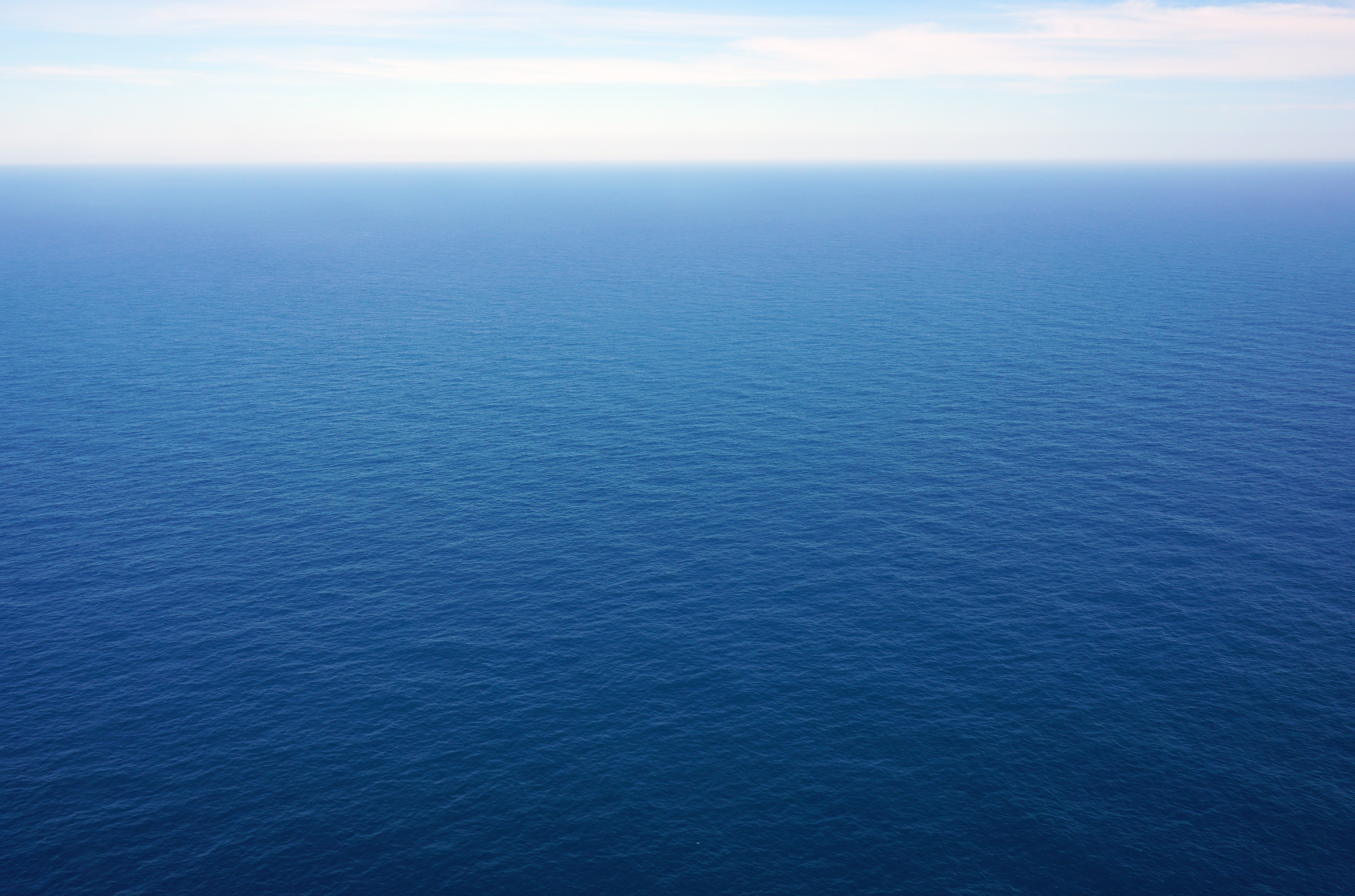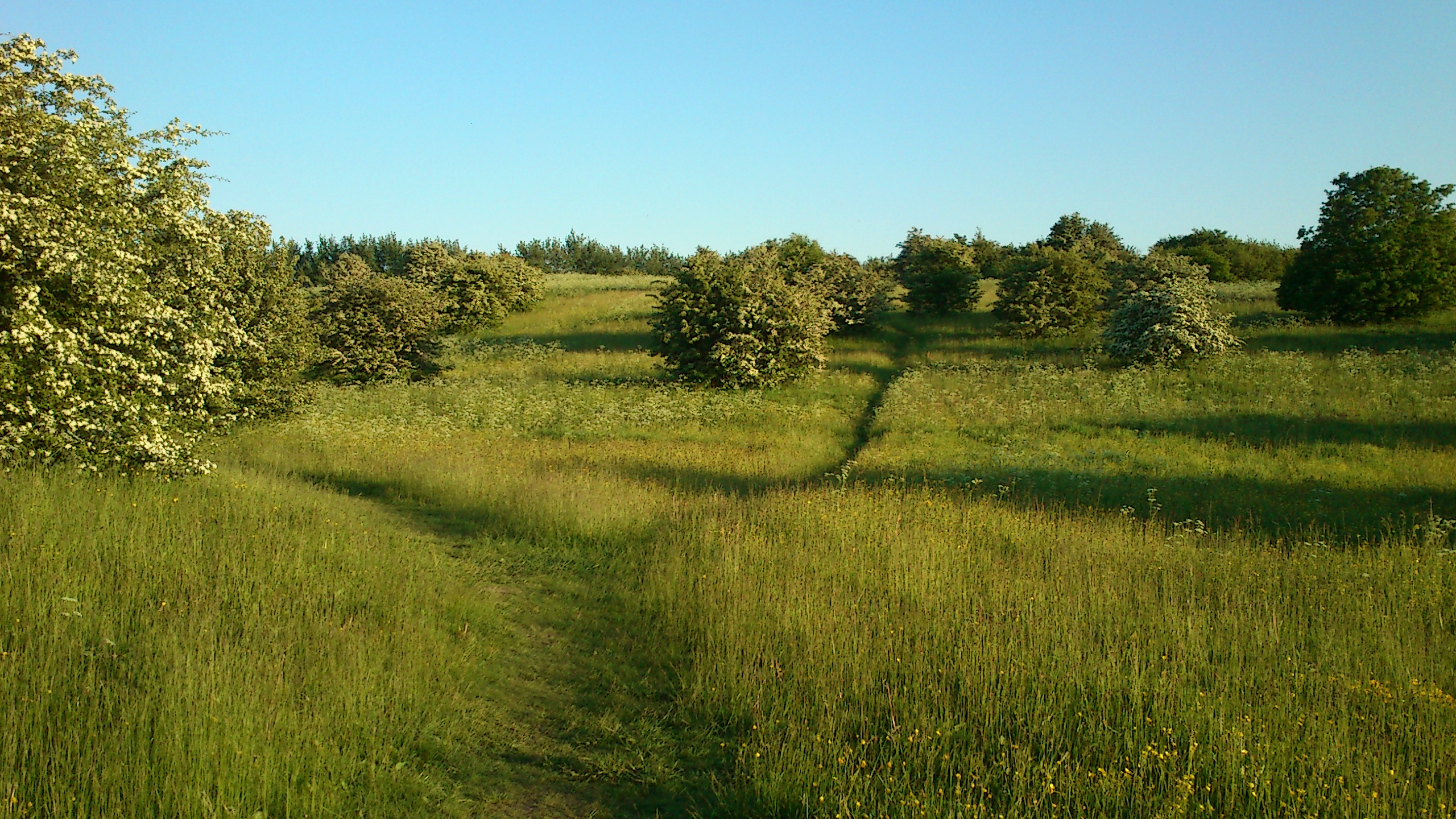|
Aarhus N
Aarhus N is a postal district in the city of Aarhus, consisting of Trøjborg, Risskov, Vejlby, Skejby, Vorrevangen and Christiansbjerg, all with postal code 8200. Aarhus N is an abbreviation for Aarhus Nord (lit. "Aarhus North") and is located north of the city centre. It is the highest lying area of Aarhus. Many of the neighborhoods in the district were once small, separated farms and villages, but developed and grew through the Industrial Revolution and later merged with the rest of Aarhus. Aarhus N has 34,512 inhabitants (2016 statistics). Boroughs and neighbourhoods Christiansbjerg Christiansbjerg is one of Aarhus's older boroughs, located beyond the historic city center. In the 1500-1800s, this area was covered by agricultural fields and pastures with grazing livestock. In the 1800s, several larger farms was built here and their names, such as Katrinebjerg, Reginehøj, Højvang and Vorregård, are still in use today. In the beginning of the 1900s, the development of C ... [...More Info...] [...Related Items...] OR: [Wikipedia] [Google] [Baidu] |
Randersvej Water Tower
Randersvej Water Tower () is a former water tower on Randersvej in Aarhus, Denmark. The tower is the oldest in the Aarhus area and is listed for preservation. The water tower was constructed in 1907–1908 and remained on operation until 1980. Today, the tower is owned by Aarhus Municipality and since 2009 has been leased to Aarhus Academy. History In the period between 1904 and 1907, the Aarhus area saw rapid population growth and the land of the former Katrinebjerg estate was developed on the city's northern limit. The new development fell within the Christiansbjerg neighborhood of Aarhus, a district with known water supply issues. According to a study from 1901, the well water which residents had access to was hazardous to heath and in such limited supply that people resorted to stealing water from neighboring wells. Several proposals were made at the turn of the 20th century which would alleviate the issue by supplying water from Aarhus Water Works (''Aarhus Vandværk''). H ... [...More Info...] [...Related Items...] OR: [Wikipedia] [Google] [Baidu] |
Aarhus Tech
Aarhus Tech (until 2011 Aarhus Tekniske Skole) is a technical school in Aarhus, which provides secondary education and vocational education Vocational education is education that prepares people for a skilled craft. Vocational education can also be seen as that type of education given to an individual to prepare that individual to be gainfully employed or self employed with req .... Aarhus Tech offers degrees in 34 disciplines in vocational studies, from masonry and welding to clothing design and cooking. The annual budget is DKK 410 mio. and the school employs 650 people. It is managed as a private institution. The school comprises buildings on three separate sites in Aarhus, but the main campus is located on Christiansbjerg in Business Park Skejby, Aarhus N. History The college was founded as "''Prinds Frederik Ferdinands Tegne- og Søndagsskole''" in 1828. Through a series of mergers, the school has since grown to become one of the largest technical colleges in Den ... [...More Info...] [...Related Items...] OR: [Wikipedia] [Google] [Baidu] |
Row Houses
A terrace, terraced house ( UK), or townhouse ( US) is a type of medium-density housing which first started in 16th century Europe with a row of joined houses sharing side walls. In the United States and Canada these are sometimes known as row houses or row homes. Terrace housing can be found worldwide, though it is quite common in Europe and Latin America, and many examples can be found in the United Kingdom, Belgium, United States, Canada, and Australia. The Place des Vosges in Paris (1605–1612) is one of the early examples of the type. Although in early larger forms it was and still is used for housing the wealthy, as cities and the demands for ever smaller close housing grew, it regularly became associated with the working class. Terraced housing has increasingly become associated with gentrification in certain inner-city areas, drawing the attention of city planning. Origins and nomenclature Though earlier Gothic examples, such as Vicars' Close, Wells, are known, th ... [...More Info...] [...Related Items...] OR: [Wikipedia] [Google] [Baidu] |
Sea Bath
A sea is a large body of water, body of salt water. There are particular seas and the sea. The sea commonly refers to the ocean, the interconnected body of seawaters that spans most of Earth. List of seas on Earth, Particular seas are either List of seas on Earth#Marginal seas by ocean, marginal seas, second-order sections of the oceanic sea (e.g. the Mediterranean Sea), or certain large, nearly landlocked bodies of water. The salinity of water bodies varies widely, being lower near the surface and the mouths of large rivers and higher in the depths of the ocean; however, the relative proportions of dissolved salts vary little across the oceans. The most abundant solid dissolved in seawater is sodium chloride. The water also contains salt (chemistry), salts of magnesium, calcium, potassium, and mercury (element), mercury, among other elements, some in minute concentrations. A wide marine life, variety of organisms, including bacteria, protists, algae, plants, fungus, fungi, and ... [...More Info...] [...Related Items...] OR: [Wikipedia] [Google] [Baidu] |
Bus Terminus
A bus station, bus depot, or bus interchange is a structure where city buses or intercity buses stop to pick up and drop off passengers. A bus station is larger than a bus stop, which is usually simply a place on the roadside, where buses can stop. It may be intended as a terminal station for a number of routes, or as a transfer station where the routes continue. Bus station platforms may be assigned to fixed bus lines, or variable in combination with a dynamic passenger information system. The latter requires fewer platforms, but does not provide consistent locations for passengers. Largest bus stations Kilambakkam bus terminus in Chennai is spread over an area of , making it the largest bus station in the world. The Woodlands Bus Interchange in Singapore is one of the busiest bus interchanges in the world, handling up to 400,000 passengers daily across 42 bus services. Other Singaporean bus interchanges such as Bedok Bus Interchange, Tampines Bus Interchange and Yishun B ... [...More Info...] [...Related Items...] OR: [Wikipedia] [Google] [Baidu] |
Vestereng
Vestereng is a nature site in the environs of northern Aarhus and the suburb of Skejby. The name literally translates as 'westward meadow'. The Municipality of Aarhus took ownership in 1939. The area has a lively history of recent times and is now used extensively by several civil groups and organizations. The most prevalent groups as of 2013, being Aarhus Beach Volley Club, the roleplaying club Einherjerne, Aarhus Dirt Jump Park and Aarhus civil dog handling Association. History Vestereng was used by the German occupational forces as ammunition storage for the Kriegsmarine during the Second World War. They constructed a total of 14 concrete bunkers; 10 as storage facilities and 4 for machinegun defence and the bunkers are still here today, as a historical testimony to the occupation. After the liberation in 1945, the Danish military forces took over and Vestereng was used as a shooting range and training ground for several decades. From 1978-87 the Danish Home Guard took ... [...More Info...] [...Related Items...] OR: [Wikipedia] [Google] [Baidu] |
Riis Skov
Riis Skov (''Riis' Forest'' or ''The Forest of Riis'') is a forest and park in Århus, Denmark. It is located south of the district of Risskov, along the Bay of Aarhus. History This small patch of forest, was formally presented to Aarhus in 1395, by Queen Margaret I. Riis Skov was the first public forest in Denmark, where forests traditionally were owned and managed by the royal family or the nobility and in some cases ordinary farmers. Timber and firewood were very important resources in former times, needed for shipbuilding, house construction and various other important structures, or simply for heating and cooking. Although Riis Skov was a public forest, there was still active forestry going on until around the year 1800, when the large oaks were cut and used for quay-building in the Aarhus harbour. A few of them are still left, as some of the oldest trees in the forest. The forestry aspect gradually diminished and Riis Skov was increasingly viewed as a recreational area by ... [...More Info...] [...Related Items...] OR: [Wikipedia] [Google] [Baidu] |
Allotment (gardening)
An allotment (British English), is a plot of land made available for individual, non-commercial gardening for growing food plants, so forming a kitchen garden away from the residence of the user. Such plots are formed by subdividing a piece of land into a few or up to several hundred parcels that are assigned to individuals or families, contrary to a community garden where the entire area is tended collectively by a group of people. The term "victory garden" is also still sometimes used, especially when a garden dates back to the World War I, First or World War II, Second World War. The individual size of a parcel typically suits the needs of a family, and often the plots include a shed for tools and shelter, and sometimes a hut for seasonal or weekend accommodation. The individual gardeners are usually organised in an allotment association, which leases or is granted the land from an owner who may be a public, private or ecclesiastical entity, and who usually stipulates that it ... [...More Info...] [...Related Items...] OR: [Wikipedia] [Google] [Baidu] |
Riisvangen Stadion
Riisvangen Stadion (, "Riis Meadow") is an association football stadium in Aarhus N. It is the home stadium of Danish 2nd Division club Aarhus Fremad. Stadium capacity is 5,000, but the attendance record is 3,200 which occurred when the club competed in the Danish Superliga, in a matchup against Ikast fS on 2 November 1997. Riisvangen Stadion was constructed in the 1936 on the initiative of Aarhus Municipality. During this period, the population of Aarhus had experienced a large population growth concentrated around northern Aarhus, known as Aarhus N, and the construction of a sports facility would facilitate needs to nurture sports in the area. The stadium was built in an area which, at that time, was devoid of buildings. Initially, IK Skovbakken used the stadium as their home ground before the club moved to the later established sports complex Vejlby-Risskov Idrætscenter. [...More Info...] [...Related Items...] OR: [Wikipedia] [Google] [Baidu] |
Aarhus Fremad
Aarhus Fremad (, "Aarhus Forward") is an association football club located in Aarhus N, the northern part of Aarhus, Denmark. The club will compete in the Danish 1st Division, the second tier of the Danish football league system in the 2025–26 season following promotion from the Danish 2nd Division. Aarhus Fremad competed in the lower divisions of Danish football until 1997, when the club miraculously reached the Danish Superliga after nine promotions in 13 seasons. The club's home ground is the Riisvangen Stadium. The East Jutland club was originally formed as sports club in 1897, before being refounded as an independent association football club in 1947. History Beginnings (1947–1973) Aarhus Fodsportsforening "Fremad" was founded in 1897, but the football department was established in 1947 at the request of Wilhelm Østenfjeld, and admitted into the local football union, DBU Jutland, on 13 August 1947. The first chairman of the football department was Mozart Hansen, ... [...More Info...] [...Related Items...] OR: [Wikipedia] [Google] [Baidu] |





